1 mg is carcinogenic! This "scourge" can be seen everywhere. ……
near future
It’s rainy and humid.
Cause all kinds of fungi to breed.
Food is prone to mildew and deterioration.
One of the deadly bacteria-Aspergillus flavus
Everyone must be vigilant.

this is not
Someone ate moldy peanuts.
Lead to aflatoxin poisoning
Be rushed to hospital

Mr. Liu (not his real name) is a nut lover. He likes to buy a lot online and store it at home. He has to take a handful in his hand every day after dinner.
Last Friday night, Mr. Liu ate peanuts while watching TV, and then went to sleep contentedly. At 3 o’clock in the morning, Mr. Liu was suddenly awakened by a burst of abdominal pain, and then he felt that his stomach was tumbling down, and he got up and vomited and diarrhea for more than 10 times. Then I went to the hospital. After careful investigation, the doctor found that I had eaten moldy peanuts for three days.
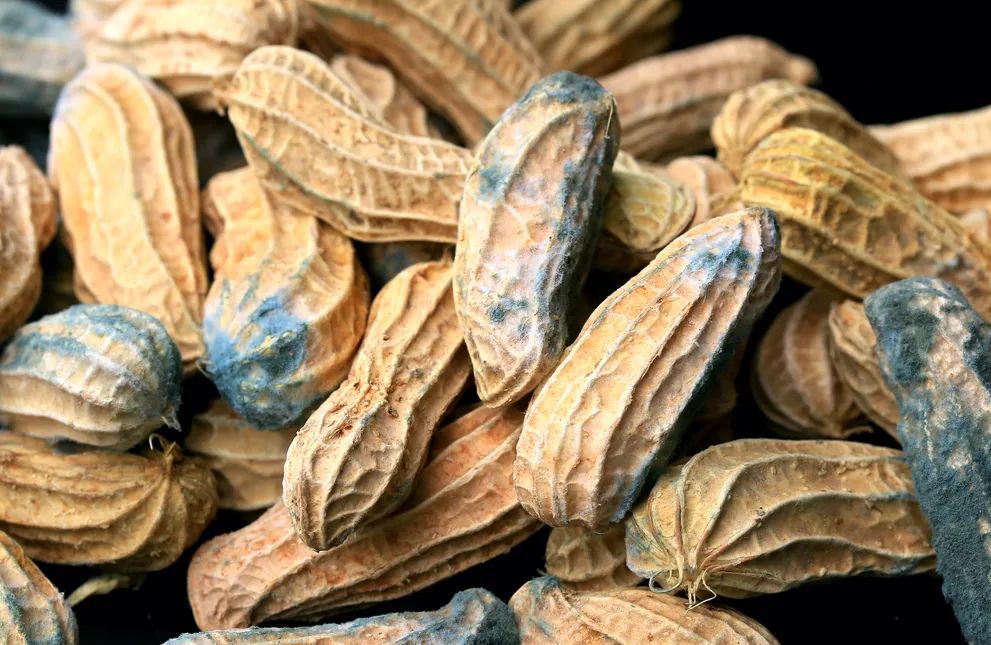
The doctor on duty immediately conducted emergency blood tests and vomitus and feces tests for the patient. The results showed that the patient’s liver function index was more than 200 times higher than the normal value, and he was diagnosed as aflatoxin poisoning. Fortunately, the patient was finally rescued from danger.
Aflatoxin is a kind of carcinogen.
According to experts, aflatoxin is a difuranoid produced by strains such as Aspergillus flavus and Aspergillus parasiticus. Its toxicity is 68 times that of arsenic and 10 times that of potassium cyanide, and it is extremely destructive to liver tissue. In 1993, it was classified as a class 1 carcinogen by the cancer research institute of the World Health Organization (WHO). 1 mg of aflatoxin is the carcinogenic dose!
Once eating aflatoxin by mistake leads to poisoning, it will cause fever, vomiting, loss of appetite, abdominal pain, and even liver and kidney, causing jaundice, fulminant liver failure, renal failure, and even more serious poisoning reactions until death.

Aspergillus flavus is a common saprophytic fungus, which likes warm and humid environment, and its suitable growth temperature is around 37℃. It is more common in moldy grain and its products and can produce a carcinogen aflatoxin!
Long-soaked auricularia auricula
Auricularia auricula contains a lot of protein and cellulose, and it is nontoxic. After soaking for a long time, it may deteriorate to produce similar biotoxins, or breed pathogenic microorganisms such as bacteria and Aspergillus.
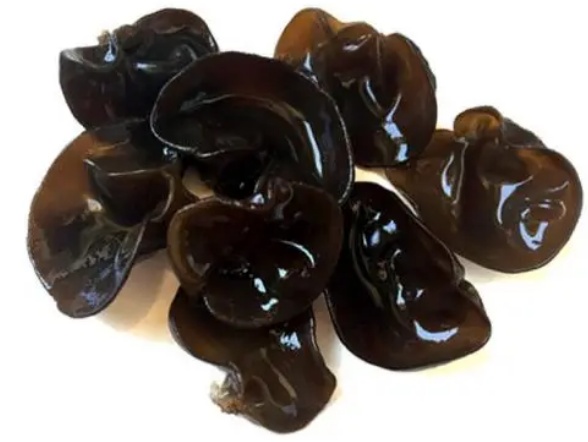
Bitter nut
If you eat bitter melon seeds, you must spit them out and rinse your mouth in time, because the bitterness of nuts such as melon seeds comes from aflatoxin produced in the process of mildew.
Deteriorated rice
Don’t think that you can relax your vigilance when cooked. Deteriorated rice is also the easiest to produce aflatoxin!
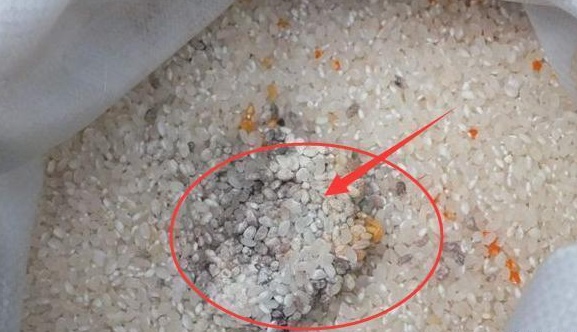
Moldy corn and peanuts
Aspergillus flavus easily breeds in foods with high starch content, such as peanuts and corn, especially those stored in damp and dark places.
A refrigerator that has not been cleaned for a long time
Even if it is put in the refrigerator, food still has its shelf life. After it expires, it will be mildewed, and it is easier to breed Aspergillus flavus and other bacteria.
Self-extracting oil in small workshops
If some oil crops, such as peanuts and corn, are moldy during storage, the pressed oil may also bring aflatoxin. However, some small workshop presses or household oil presses are simple in process, lacking the process of removing harmful substances, and cannot refine raw materials.
Long-used chopsticks and chopping boards
The chopsticks and chopping boards used in daily life will not grow Aspergillus flavus, but they will be "infected" when they come into contact with food carrying Aspergillus flavus, and the humid environment in many kitchens provides a good breeding space for Aspergillus flavus.
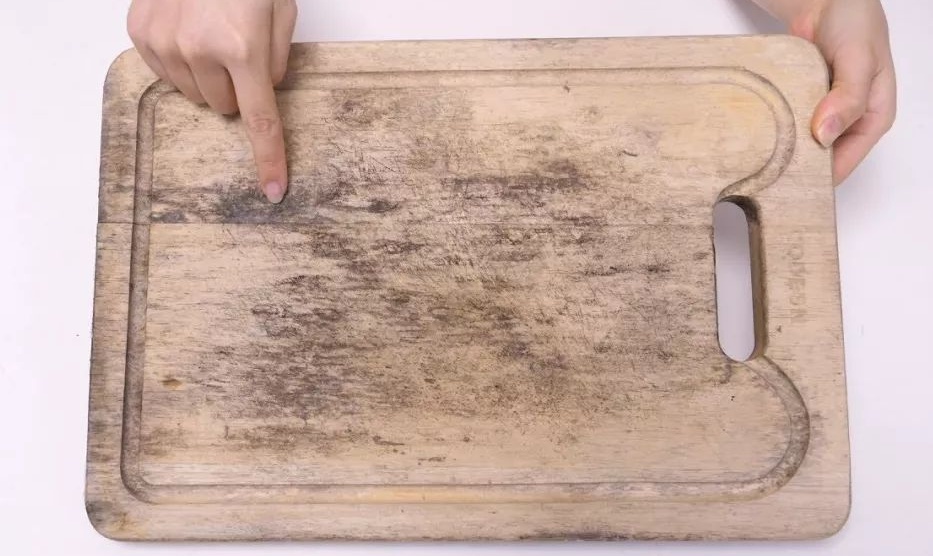

Aflatoxin is resistant to high temperature, and its cracking temperature is 280℃. Therefore, the temperature of daily cooking (100~200℃) can’t help it at all, and don’t expect boiling water or oil cooking to kill it.
Therefore, the best way to deal with aflatoxin is prevention.
1. Dispose of moldy and spoiled food in time: If you find that the rice, peanuts, nuts and other foods at home are moldy, you must throw them away in time, and the rest must not be eaten again.
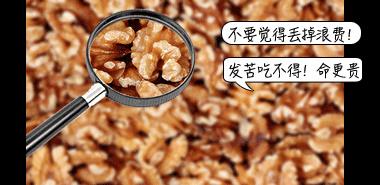
2, the correct storage of food: food, nuts should be placed in a dry and ventilated place, do not hoard a lot of food at home, eat as much as you want.
3, more chlorophyll: chlorophyll can reduce the absorption rate of aflatoxin.
4. Pay attention to the hygiene of kitchen utensils: chopsticks, chopping boards and other kitchen utensils should be cleaned in time and replaced regularly to avoid breeding mold.
Transfer from: Healthy Guangdong
Source: Jingshi Health Home